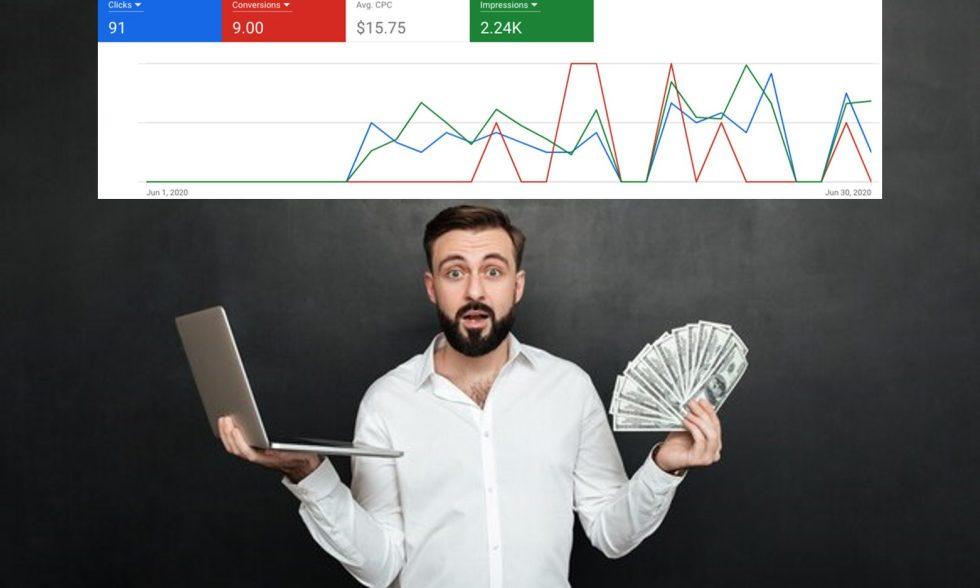No products in the cart.
The Google ads conversion monitoring tracks the activities that users take after viewing your advertising. This free, built-in Google Ads tool is critical for understanding and optimizing the value your campaigns produce.However, it is vital to understand that Google cannot anticipate which results you wish to track. Unless you utilize Shopify, you must determine and set up the conversions that are most useful to your business in your Google Ads account. If you've set up Shopify's Google channel, the plugin will instantly add and track e-commerce conversions to Google Ads.










